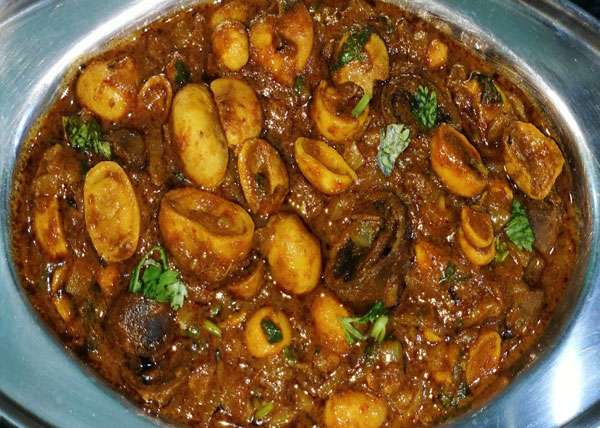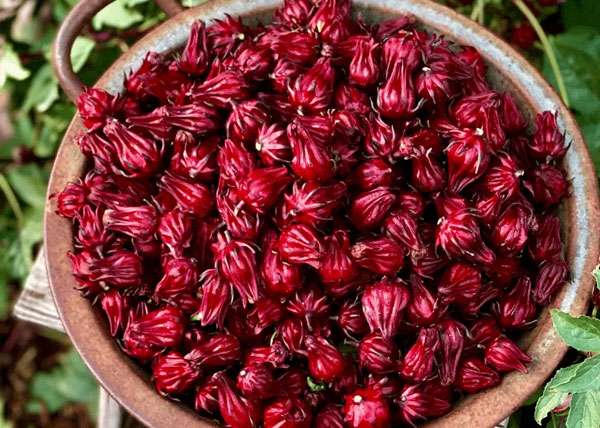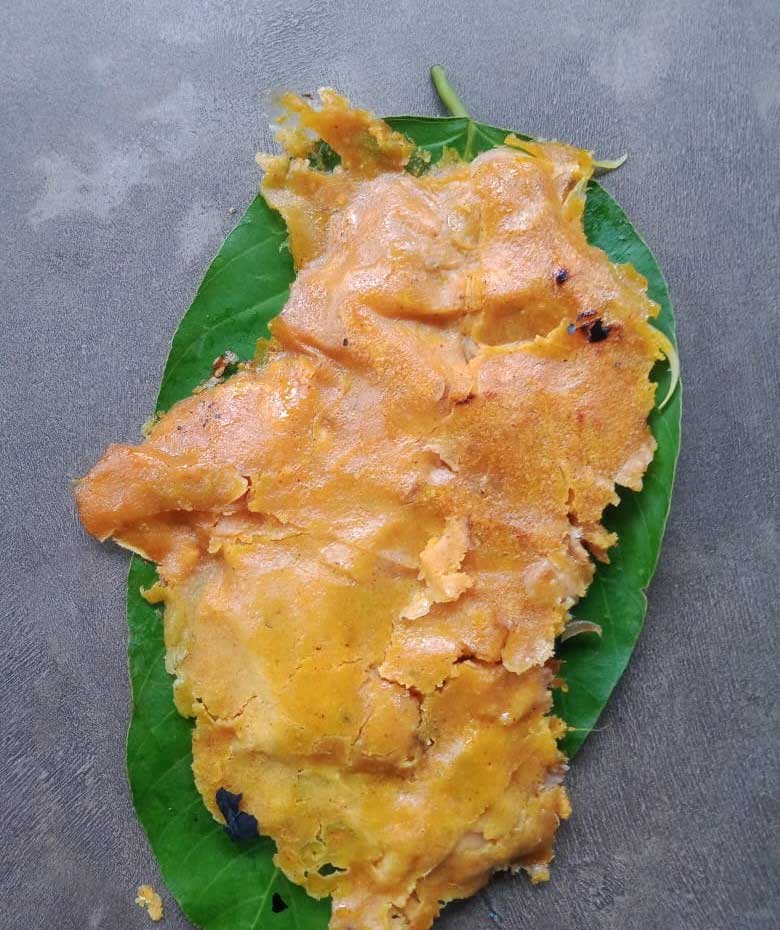Jharkhand’s tribal sportspersons, especially the girls, have made a name for themselves in the international arena in several sports. Many of them come from humble backgrounds but, in a state that is still fighting malnutrition, fitness has never been a concern.
So what do the Jharkhandi tribals eat that keeps them fit? Senior Gynaecologist Dr Meera Kashyap admits that it is very difficult to answer this question in scientific terms.
Locals have come to depend on commonly available edible vegetation that has enough protein, vitamin and mineral content

Rugra Curry
Rugra and Khukhra, for instance, are indigenous vegetables known to be rich in proteins and minerals and have high calorific values. This forest produce, which tastes like mushrooms, is found abundantly in Jharkhand during the rainy season.
Considering the inadequate milk production in the state, she opines that both children and grownups have come to depend more on commonly available edible vegetation that has more protein, vitamin and mineral content, playing vital roles in improving immunity.

Roselle Flower
The state cuisine includes hearty soups such as Kudrum Shorba made from the Roselle flower, Kulthi Dal (horse gram), lentils-drumstick curry Dubi, the appetising Chakor Jhor, and Arak Rassi, a concoction of rice starch, tomato and spring onions.
There’s the tasty Kathal Tiyan, a raw jackfruit curry, and the tangy Amja, a pickle made from hog plum.

Jil Pitha
Steaming is a popular method of cooking in Jharkhand, helping retain the nutrition of food while enhancing taste. The Hoaku Lak is traditionally steamed and mashed Pothia Fish. Jil Pitha is a sort of momo made of rice flour and stuffed with chicken steamed in Saal leaf. And the Khassi Maas, mutton, is specially cooked in earthen pots atop a wood fire for the smoky flavouring this imparts.
There’s even a sort of Chicken Biryani, Jil Sura, that’s cooked with rice beer, or Hadia, as it is locally known. It’s the main traditional drink of tribals. Some 20 to 25 different herbs are added to boiled rice, which is left to ferment for a week or so.
Hadia has low alcoholic content compared to other commonly available country liquors. It is considered an indispensable accompaniment to rich food.
A safer alternative is the Lal Chai (tea without milk), which is popular in traditional households.






















